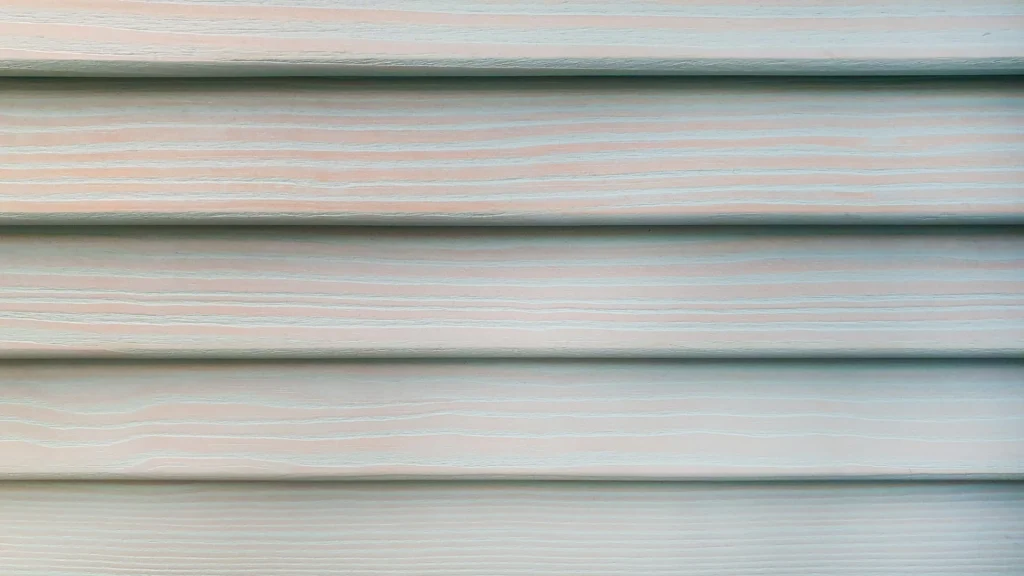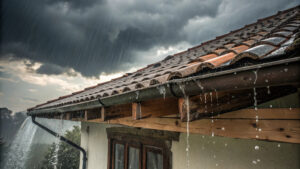Sidings are far more than just a barrier for protecting habitats against elements; when well thought-out, they can serve as a focal point for a property’s curb appeal.
One material that has been used for ages for siding in American home buildings is vinyl.
This is from its reduced initial investment, ease of implementation, and its ability to be incorporated into numerous home layouts and aesthetics.
However, in the recent past, we have seen a significant shift from vinyl as a siding material option.

Does your house need a new siding?
Fiber cement, brick, wood, stone, and other composite material use has been on the rise. This article takes a closer look at these vinyl options in siding installation.
Natural Stone
In its natural state, the stone is bulky and irregularly shaped. It must be carved to align it with your siding objectives, a process that takes time and increased effort. Given its increased weight, stone siding bears complex implementation, rendering it a preserve for professionals only. The complexity of extraction from its natural state and installation difficulties by far increase its initial investment to top the list of siding alternatives available in the market. On the brighter side, stone bears the most extended lifespan, enabled by its increased weatherproofing and protection against rot and mold. Once properly implemented, stone siding can guarantee you years of service without any alarming issues besides sealer-coat updates.
Engineered stone forms a clever hack for leveraging the strengths of stone with a minimal weight that guarantees simplified installation, cutting the initial investment in the option. Conversely to its solid counterpart, stone veneer requires occasional maintenance like sealing and cleaning to reduce pollutant and element attacks.
Brick
In matters of longevity, brick comes second to stone. It is another option whose implementation cannot be entrusted to individuals doing DIY as the material bears increased weight and requires special skills. It is crafted from heated clay in a kiln, a complex process that inflates its initial investment, rendering it the second-most expensive vinyl siding option. When done correctly, the option can make a timeless investment. However, brick is highly susceptible to water penetration, rot, and mold growth. A sealer coat must be applied on its surface to achieve weather and pollutant-proofing.
Fiber Cement
The siding is arrived at by applying a blend of sand and lime with water and cement on the wall sheathing. The material has two options: textured and smooth designs. It makes a great siding option for homeowners who revere wood appearance with less maintenance and extended longevity. This is given that it exists in layouts and finishes that mimic stone, stucco, or wood. If done correctly and repainted regularly, you can enjoy a longer lifespan with fiber cement. Besides its elevated visual appeal, the siding option is fire and pollutant-proof, adding to its extended longevity.
Wood
Wood is the oldest siding type, especially in traditional Mediterranean home designs. However, due to increased vulnerability to elements, including water, rot, and mold attacks that reduce its durability, people have invented clever ways of leveraging the appeal of wood with enhanced element proofing and extended longevity. Engineered or reclaimed wood seems to offer a perfect solution to the woes of attacks by elements. Existing in similar styles as natural wood, reclaimed and engineered wood is visually pleasing, durable, and highly pollutant-proof. Most importantly, it presents a clever way of leveraging the appeal of wood with minimal environmental impact. The fact that it is crafted from upcycled wood makes it a considerably cheaper siding alternative to solid wood.
Metal
One vinyl siding alternative that is fast gaining popularity, especially in industrial and contemporary home designs. This is given its numerous strengths that include versatility, minimal initial investment, and extended longevity, enabled by its fire and pollutant-proof qualities. Simplified installation and ready availability render the siding cheaper than most vinyl siding alternatives. Enhanced fire and pollutant-proof qualities of metal siding render it a favorable wood siding alternative. Often made of sleek, contemporary, or medieval steel or aluminum designs, metal siding is increasingly versatile, resonating with a vast array of home designs.
When it involves bolstering your curb appearance, settling for the correct siding makes all the difference. Whether you desire the durability offered by fiber cement, the natural charm of solid wood, the modern flair of metal, the rustic elegance of the original stone, or the versatile appeal of reclaimed wood, each alternative presents its unique advantages. By choosing an option that complements your home’s style and fits your climate, you boost its appearance and increase its worth and durability, rendering it a necessary investment for generations to come.




